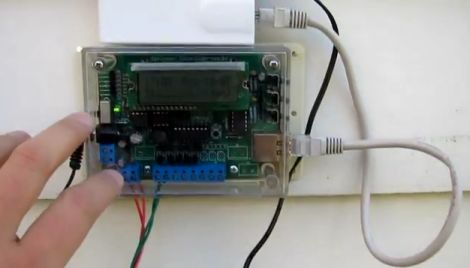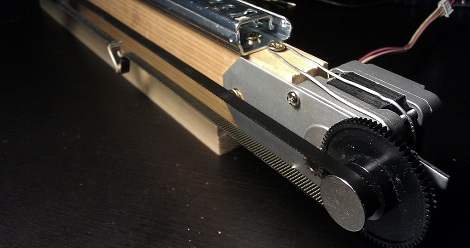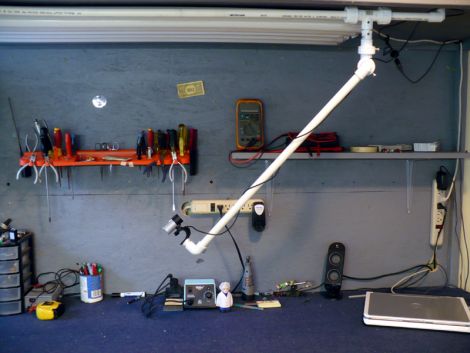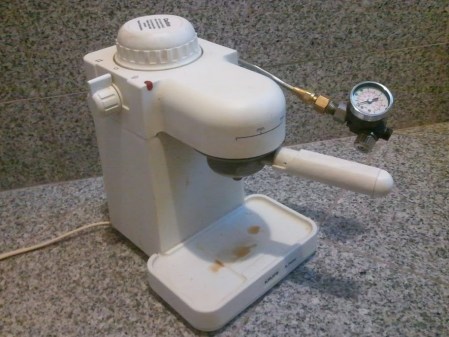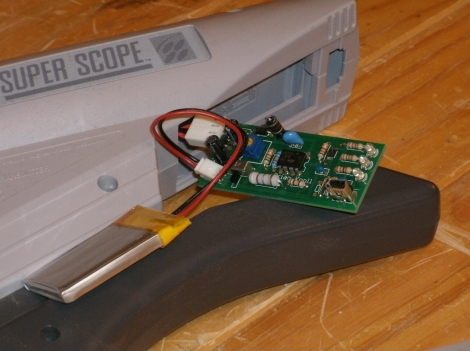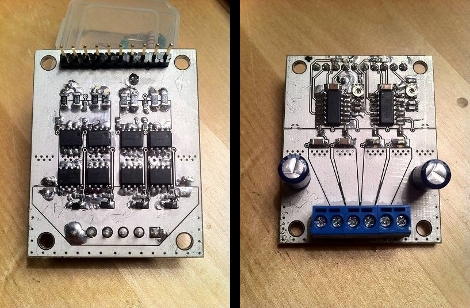

This theme has been tricky to write for. On one hand, here at Hackaday, we are excited about doing anything that will allow us to not consume as many resources but on the other hand, when you really look closely at things, pretty much everything that we do in our modern lives isn’t sustainable. We can certainly find ways to get by with less but doing without really isn’t an option. The exciting thing about the current state of technology is that things are becoming a lot more efficient so the things that we do every day, such as using a computer require less and less energy. Even our cars, which for nearly 100 years drove around at 25 miles per gallon are starting to slowly require less fuel to get from point A to point B. We have a long way to go but there are signs that we (or our children) might not have to give up a modern life to continue on when coal and oil start to become scarce.
Shown above is an oil lamp made to look like a light bulb created by Opossum Design. It is an interesting use of modern technology to create light in a much more sustainable way.
Tomorrow we will be starting a new unofficial theme that will continue for the rest of October. For the past several years, we have been a bit behind the curve about Halloween stuff but we intend to make up for that in a big way. Halloween is one of those holidays that brings out the tinkerer in a lot of us. We would like to show off those projects. Hit us up on our tip line. If we like what we see, we will post about your project. We’re expecting a bunch of projects so unlike our prior themes, if we happen to get more than one that we like on a given day, we’ll post more.

